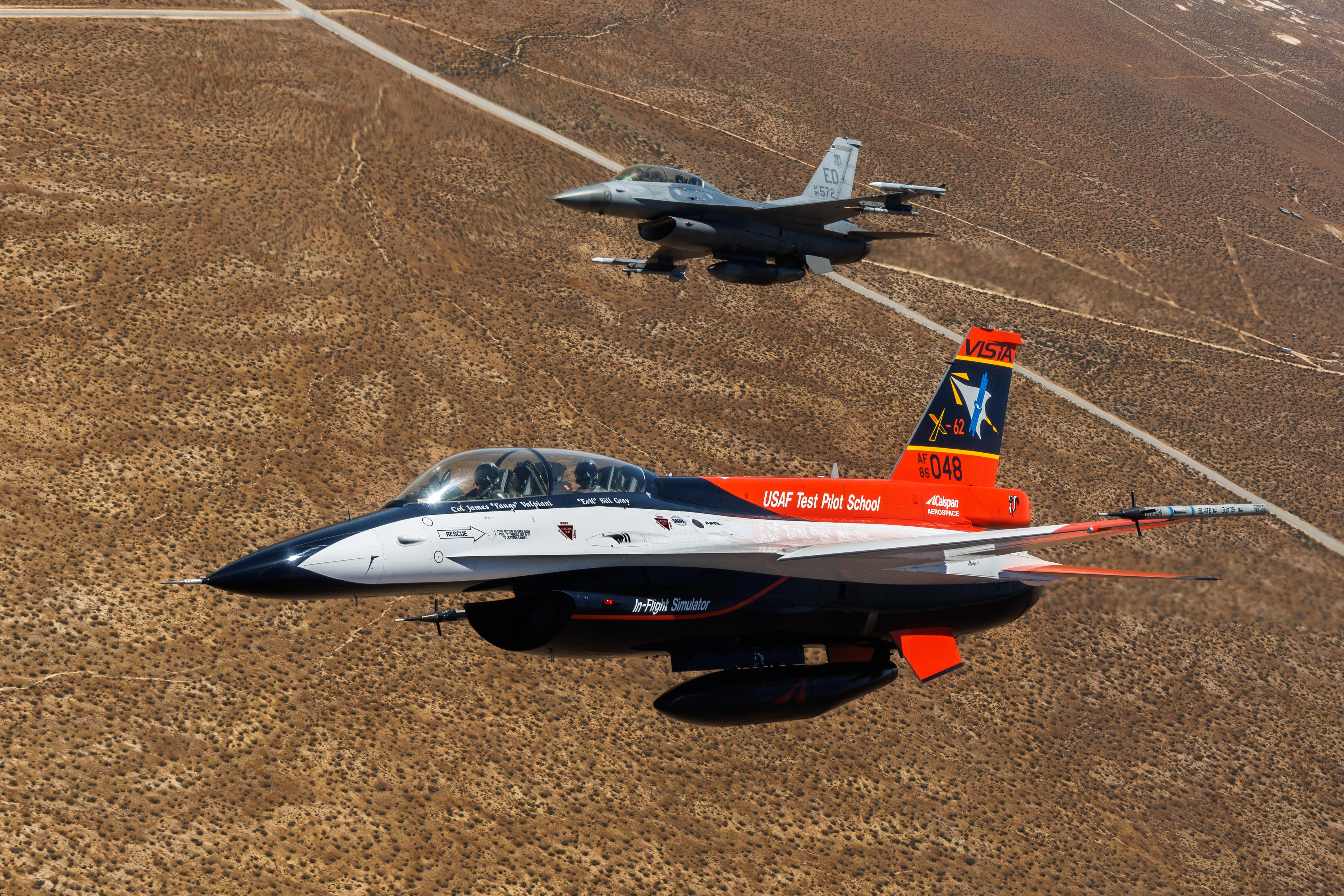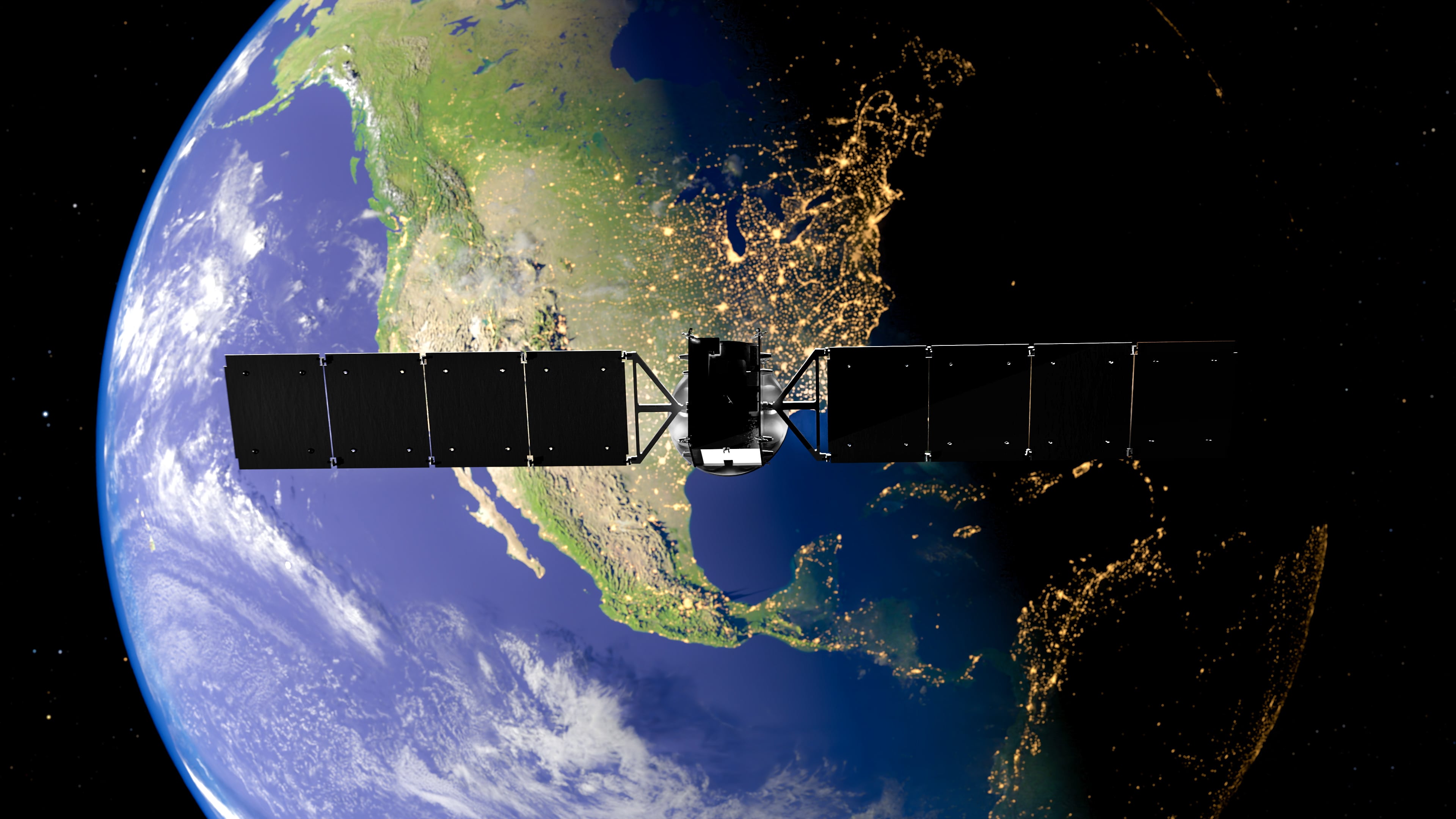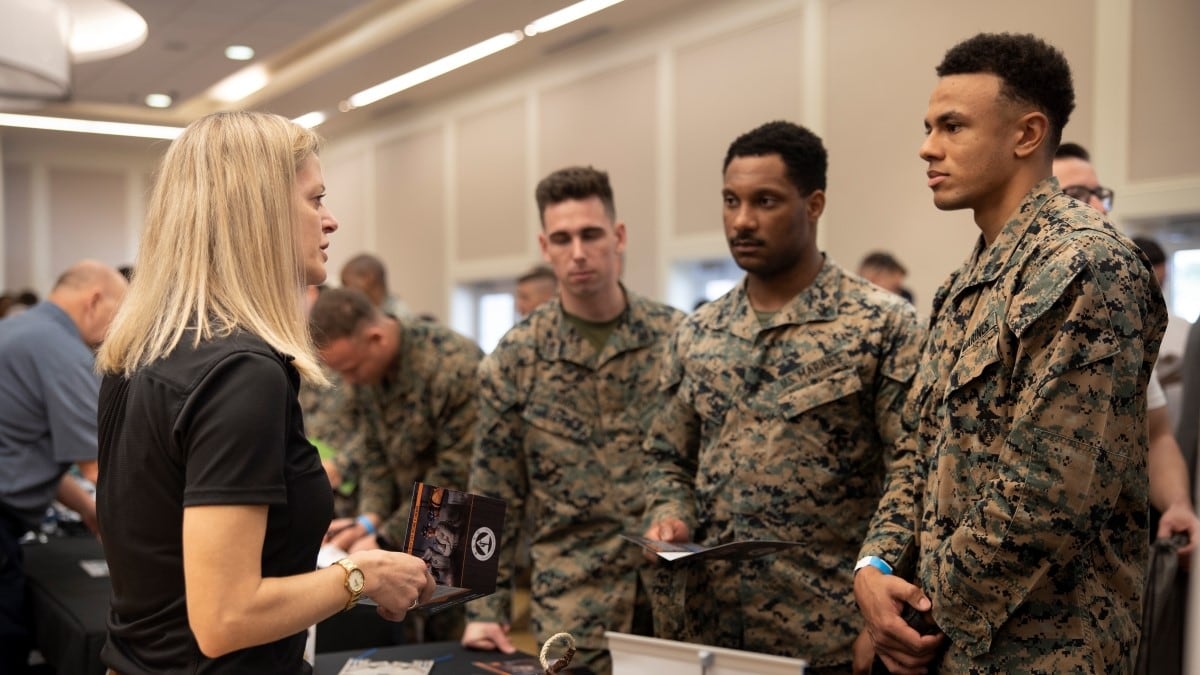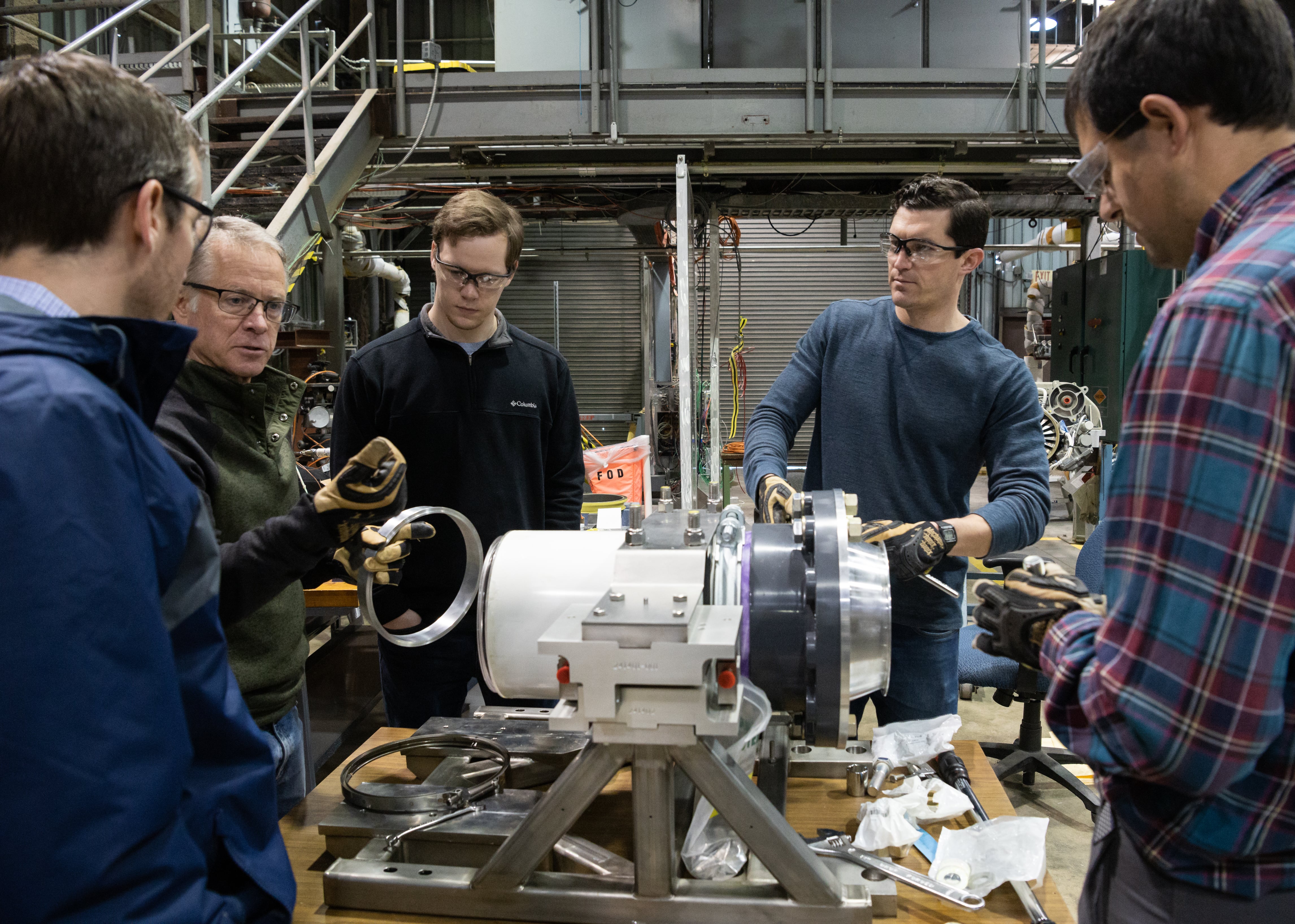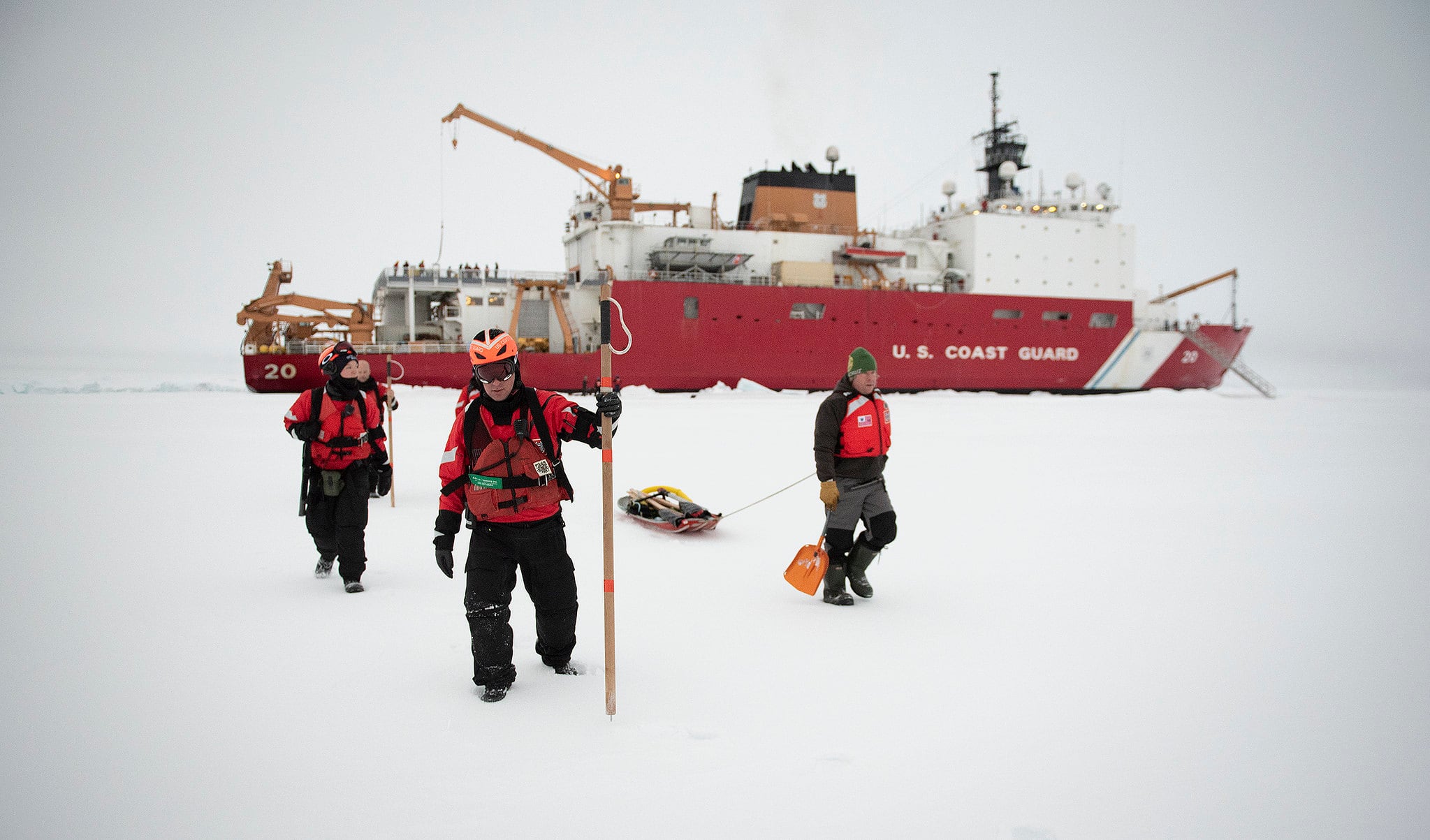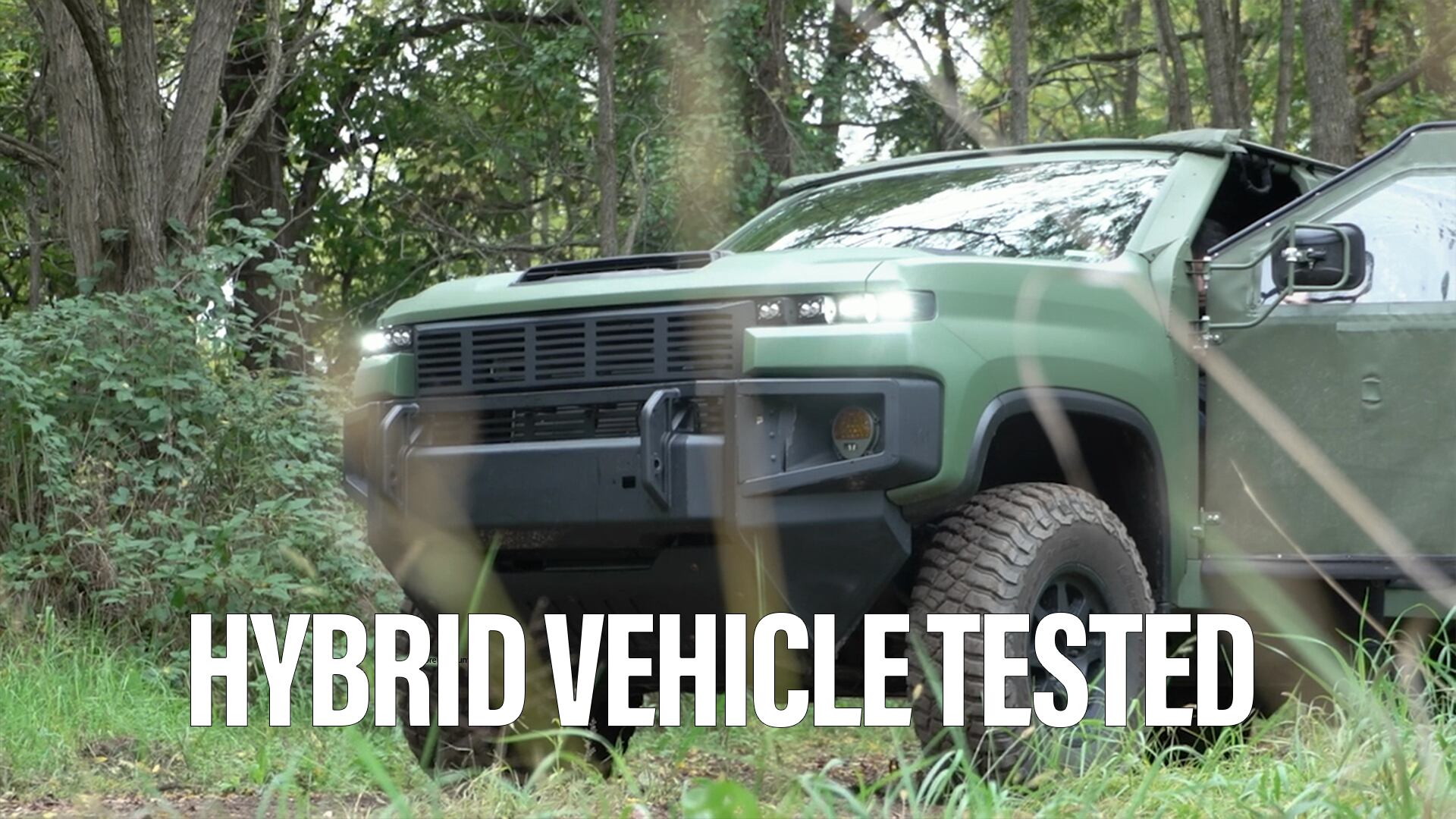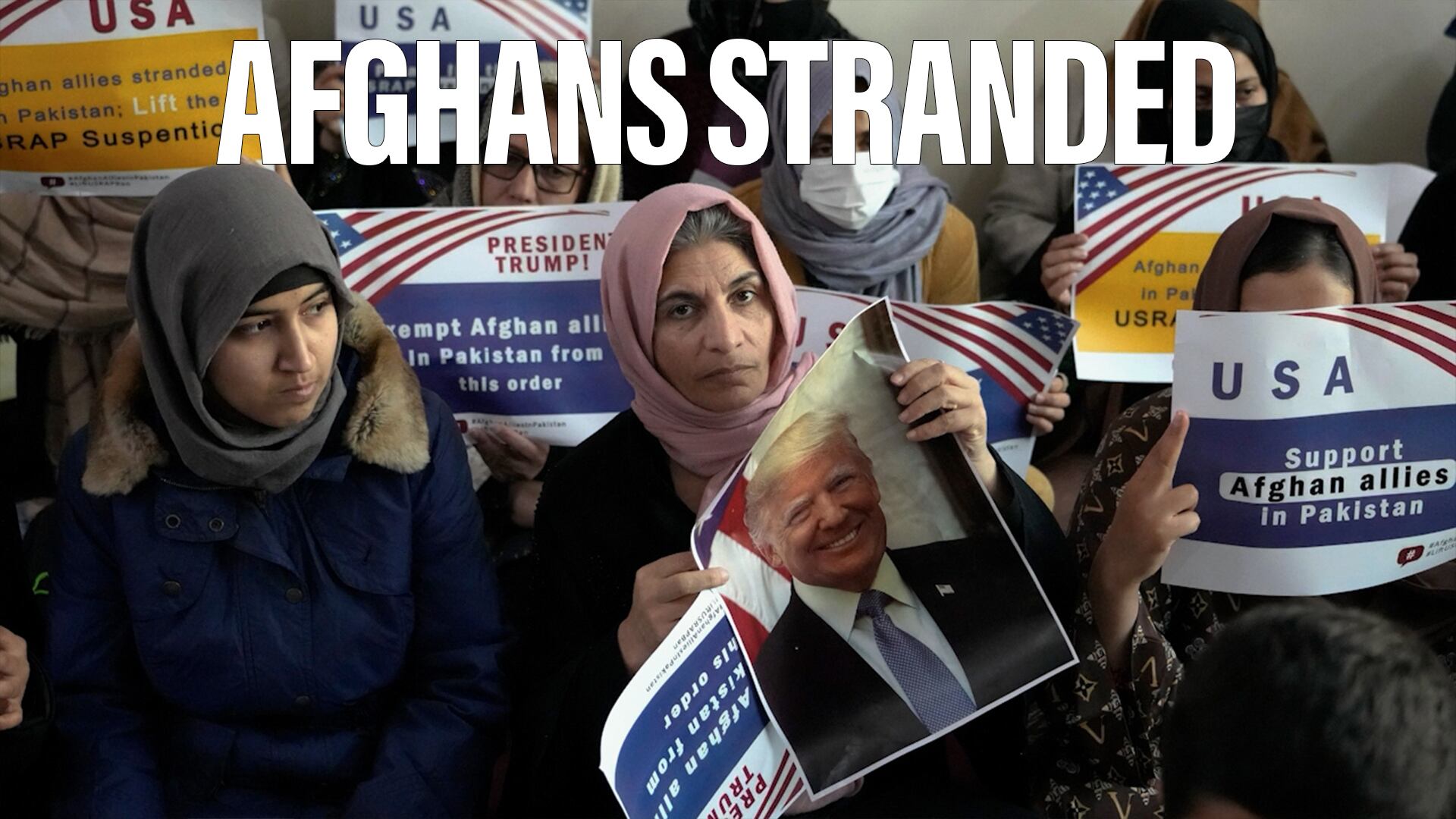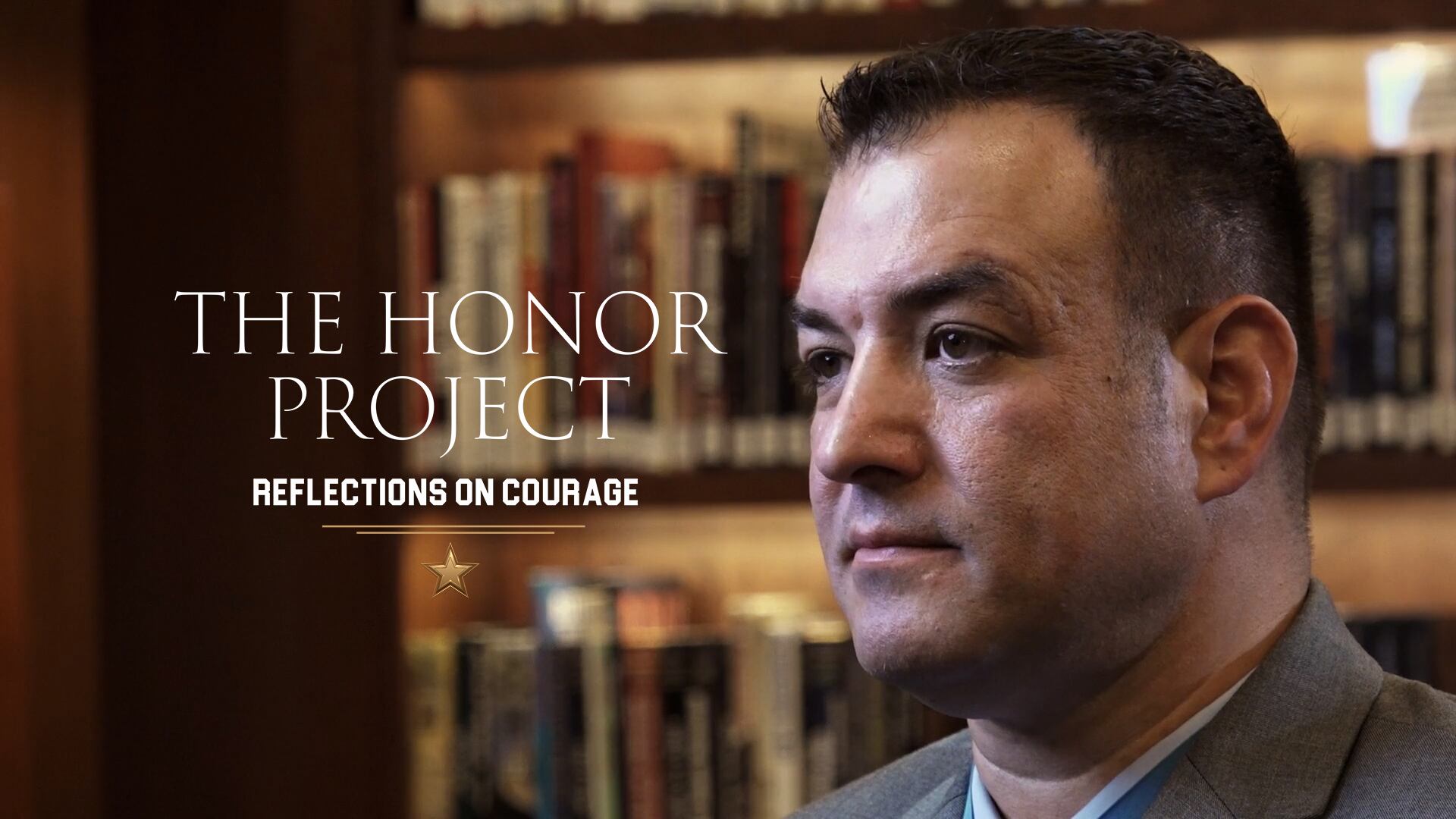LONDON – Britain, Germany, Italy and Spain have signed up for a €1 billion (US $1.2 billion) development and integration program to equip the Eurofighter Typhoon combat jet with an active electronically scanned array (AESA) radar.
The contract was confirmed following a meeting of the four nations' defense procurement ministers and senior officials in Edinburgh, Scotland, the home of the Selex ES radar team leading the Euroradar consortium's development of the system known as Captor E-Scan.
Typhoon will be the last of the major Western fighters to go operational with an AESA radar; its introduction is seen a crucial if the aircraft is to keep production lines open in Europe much beyond 2018.
A test aircraft fitted with a developmental version of the radar is expected to make its first flight with the radar transmitting toward the end of the second quarter of 2015, BAE Systems said.
The contract is the latest of several upgrades for the Typhoon, the most recent of which was a contract to integrate the Storm Shadow cruise missile on the aircraft, announced at the Farnborough International Airshow this summer.
Development of what is called Radar 1+ has been underway for several years, with much of the work bankrolled by industry.
The deal was worth £365 million (US $571 million) to BAE the lead systems integrator, the company said in a statement.
Airbus Defence and Space and Finmeccanica are the other two partners in the Eurofighter consortium. Neither has given details of contract values.
"The contract signed today covers the development of the E-Scan radar capability as well as its integration into the Eurofighter weapon system. This funding is shared across the Eurofighter and Euroradar consortiums and their respective supply chains, in line with their work share involvement. Detailed figures cannot be released due to confidentiality reasons," said a Eurofighter spokesman.
For the moment, program officials are declining specify when the radar will be operational beyond saying it will meet the timescales required by users and potential export customers
"The new radar will be available to satisfy the operational requirements and timings of all the air forces that are operating Typhoon as well as future export customers currently evaluating the aircraft," the Eurofighter spokesman said.
Aside from the four Eurofighter core partners, Typhoon is operated by Austria and Saudi Arabia and has been purchased by Oman.
Potential customers, aside from a possible top-up order from the Saudis, include Bahrain, Qatar, Malaysia, Indonesia and Kuwait.
An instrumented production aircraft fitted with the radar was unveiled at Farnborough. Since then, the aircraft has been conducting various ground and flight tests.
A second, two-seat aircraft is being prepared for flight tests by Airbus Defence and Space in Germany.
British Procurement Minister Philip Dunne said the contract marked a major milestone in the development of the Typhoon.
"The development of this AESA radar is a significant step in delivering technology that will ensure the Royal Air Force is equipped to meet the evolving demands of operations," Dunne said. "Following recent announcements on weapon capability enhancements, notably the integration of Storm Shadow, this contract is a further demonstration of our continued commitment to the Typhoon."
The Euroradar has adopted a completely different technical approach to rival Western radar developers. These include a large antenna that is able to tilt, unlike other systems where the antenna is fixed.
Tilting the antenna gives the Typhoon system larger field of view than its rivals.
In parallel with Radar 1+ work, British Prime Minister David Cameron announced at Farnborough that the Defence Ministry was pushing ahead with its own £72 million E-Scan Extended Assessment Phase risk-reduction project.
Britain is likely to be the first of the four core partner nations to fit the Captor E-Scan on their Typhoons. The aircraft will operate alongside Lockheed Martin F-35Bs fitted with a US-built AESA radar. ■
Email: achuter@defensenews.com.
Andrew Chuter is the United Kingdom correspondent for Defense News.

